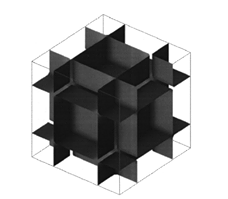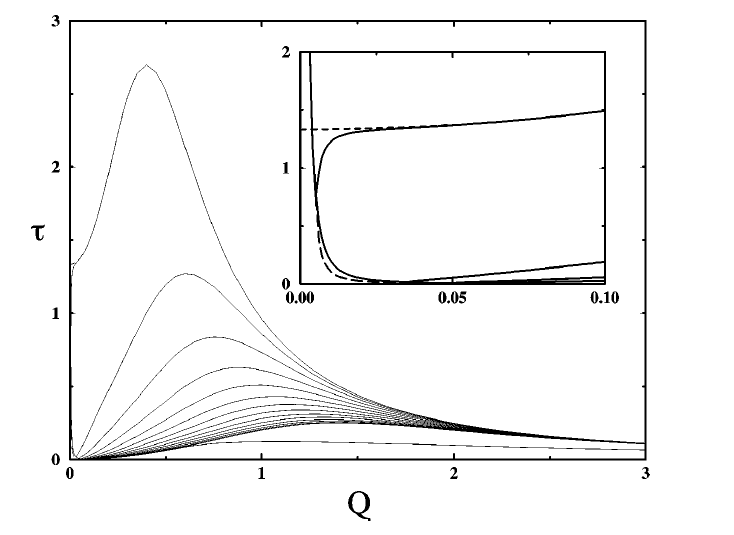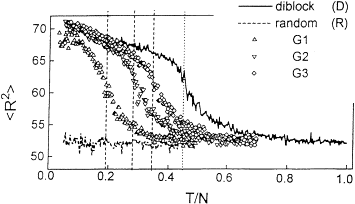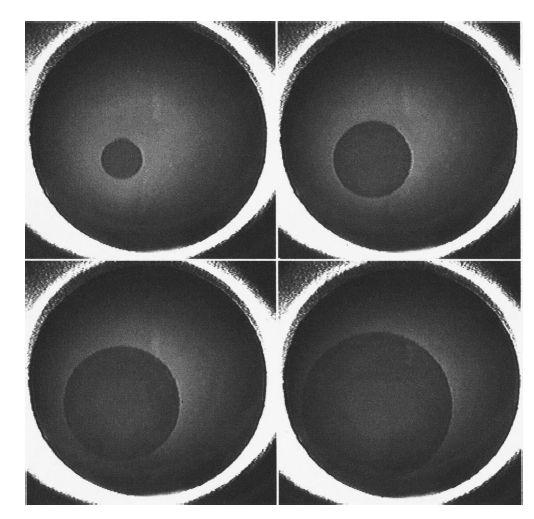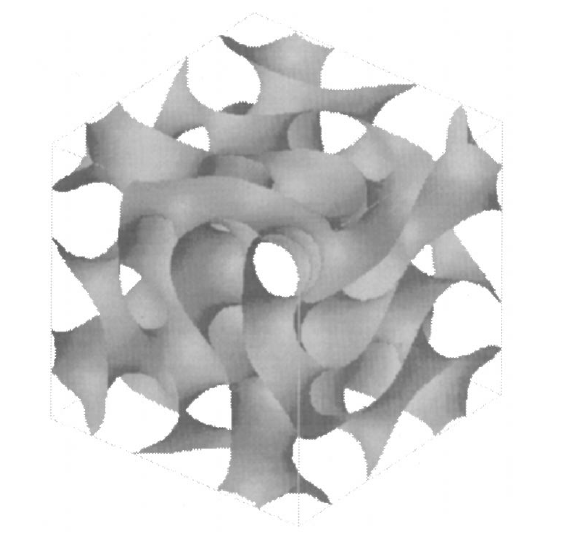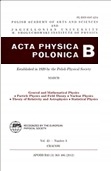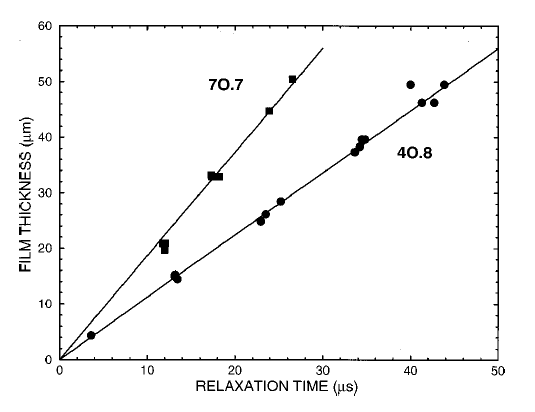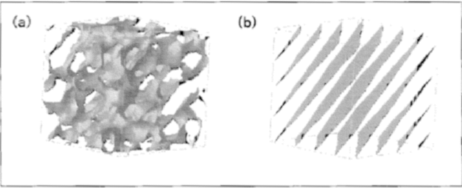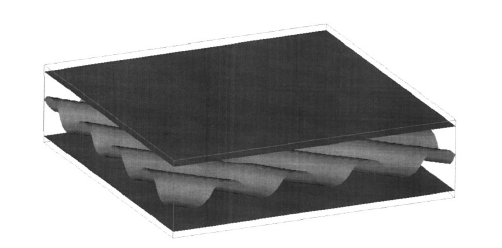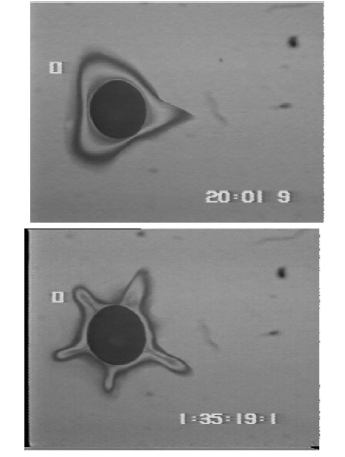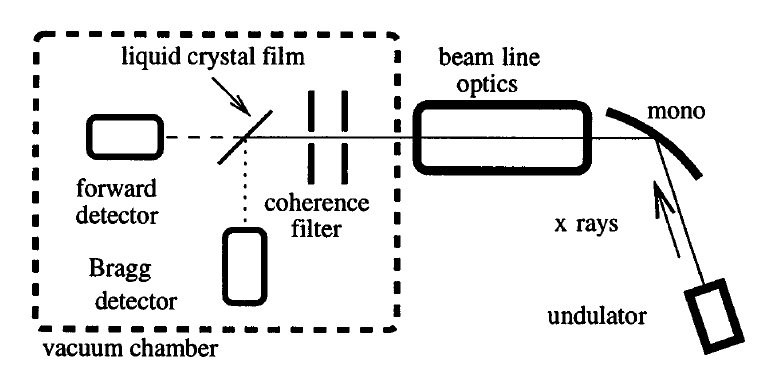
Coherent Soft-X-Ray Dynamic Light Scattering from Smectic- A Films
A. C. Price, L. B. Sorensen, S. D. Kevan, J. Toner, A. Poniewierski and R. Hołyst
Phys. Rev. Lett. 1999, 82, 755
We have used coherent soft-x-ray dynamic light scattering at the Bragg peak to measure the thermally driven layer fluctuations in freely suspended films of five different smectic- A liquid crystals: 4O.8, 7O.7, 8CB, 8OCB, and 10OCB. The measured relaxation times at a scattering wave vector corresponding to the interlayer spacing ( 2πq−1≈30Å) ranged from 2 to 60μs for films from 4 to 50μm thick. Thus, we have achieved the same time resolution as conventional laser dynamic light scattering, but with 100 times higher spatial resolution. The measured relaxation times at a scattering wave vector corresponding to the interlayer spacing ( 2πq−1≈30Å) ranged from 2 to 60μs for films from 4 to 50μm thick. Thus, we have achieved the same time resolution as conventional laser dynamic light scattering, but with 100 times higher spatial resolution.

